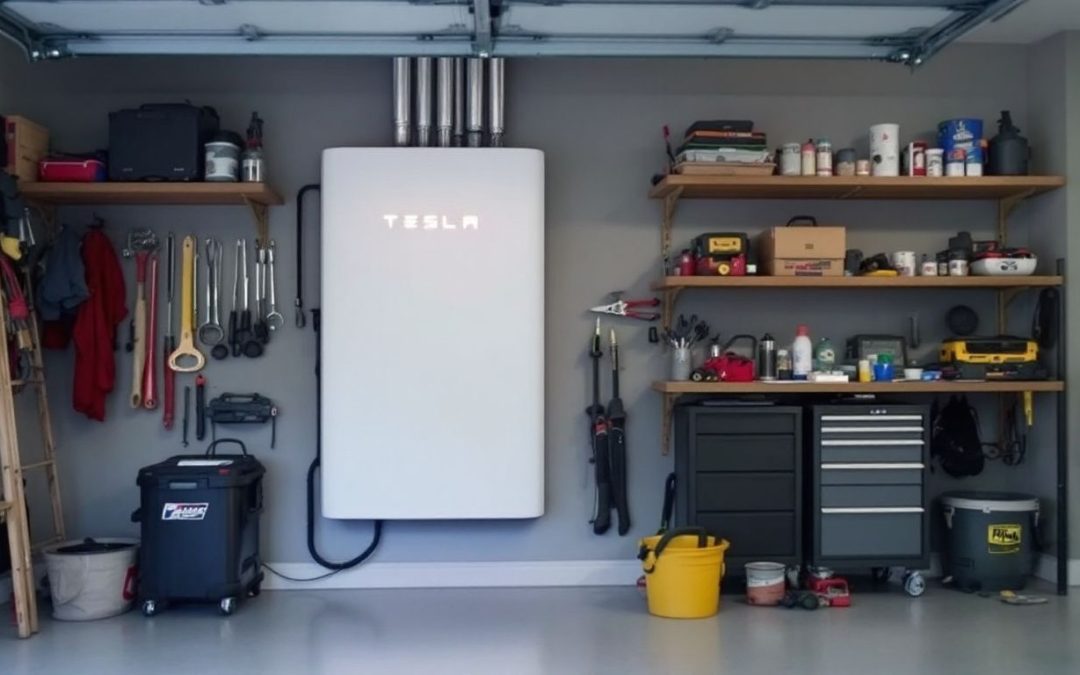Power outages can disrupt your daily life and leave you without essential power. The Tesla Powerwall stores up to 13.5 kWh of energy, keeping your home running smoothly. In this article, you’ll learn how the Tesla Powerwall can secure your energy needs and save you money. Discover the benefits today.
Key Takeaways
- High Energy Storage: Tesla Powerwall stores up to 13.5 kWh, enough to power an average home for a day.
- Powerwall 3 Upgrades: Released on October 16, 2024, it offers 11.5 kW output, uses LFP cells for safety, and costs 16% less per kWh.
- Solar Integration: When paired with solar panels, Powerwall saves money by storing excess solar energy and reducing energy bills.
- Reliable Backup Power: Powerwall provides backup power during outages, keeping essential devices running for about two hours.
- Easy Installation: The integrated inverter in Powerwall 3 makes setup simpler and works well with Tesla solar systems.
Overview of Tesla Powerwall
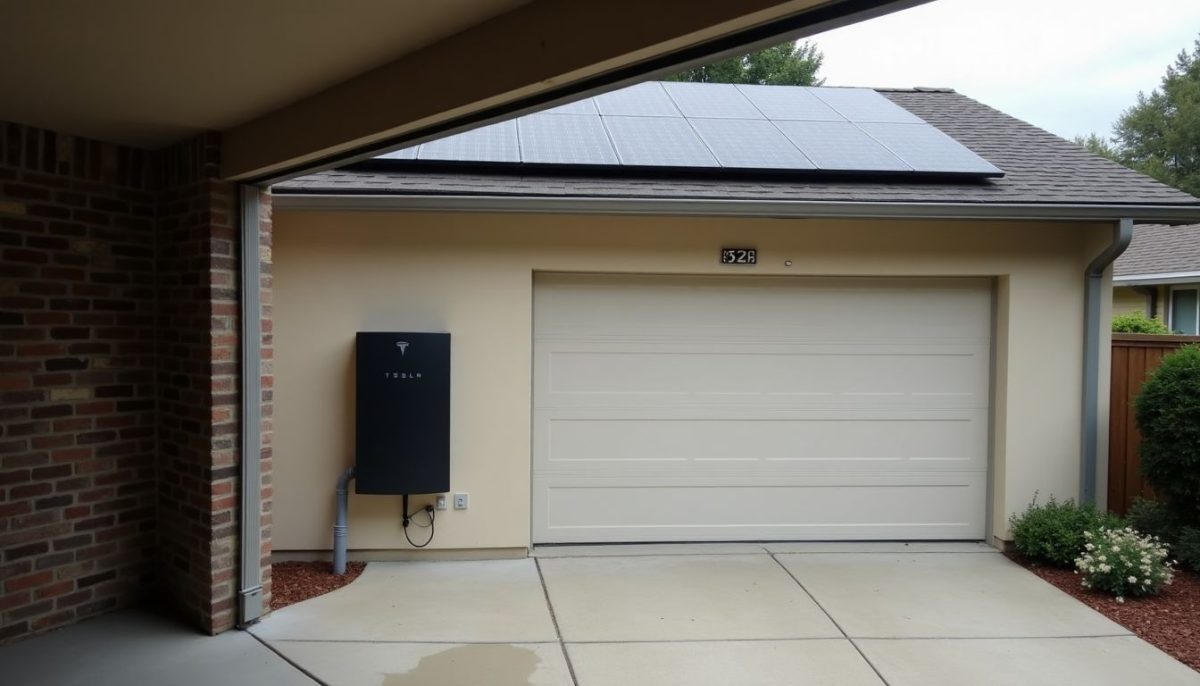
The Tesla Powerwall is an energy storage system that saves energy for backup power during outages. It allows homeowners to use clean energy from solar panels, boosting energy independence and reliability.
Evolution from Powerwall 1 to Powerwall 3
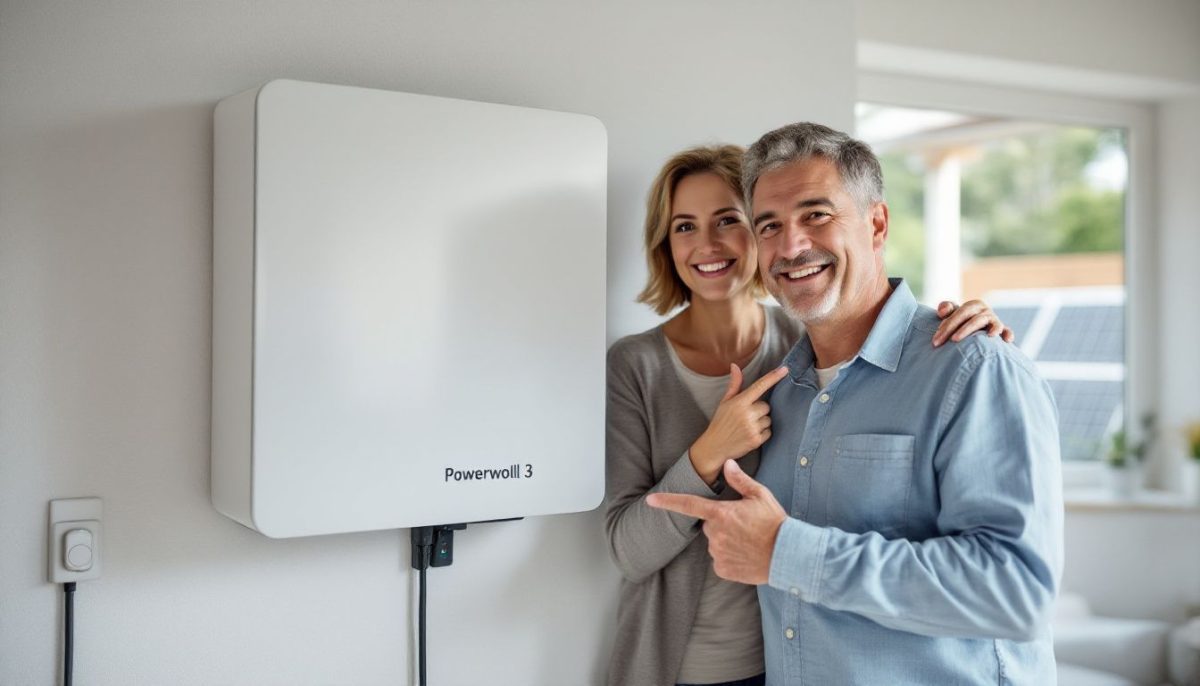
Powerwall has come a long way. Each version improves home energy storage.
- Powerwall 1 Introduction
Launched as the first home battery backup. Provided basic energy storage and backup protection. - Powerwall 2 Advancements
Increased storage capacity significantly. Integrated seamlessly with solar panels and solar inverters. Enhanced energy self-consumption for renewable energy users. - Powerwall 3 Release
Debuted on October 16, 2024. Offers a maximum continuous output of 11.5 kW, double the Powerwall 2. Uses LFP cells for better stability, safety, and longer lifespan. Costs 16% less per kWh, making battery storage more affordable. - Key Feature Enhancements
Each version improved battery chemistry and durability. Powerwall 3 includes an integrated inverter for easier setup. Supports advanced energy optimization like time-of-use load shifting. - Integration with Tesla Products
Works well with Tesla vehicles like Model S and Model Y. Enables efficient electric vehicle charging using stored energy. Provides reliable backup power during grid outages. - Cost and Efficiency Improvements
Powerwall 3 reduces energy storage costs. Enhances solar efficiency by storing more solar energy. Supports sustainable energy goals with cleaner power storage solutions. - Longevity and Safety Upgrades
LFP cells in Powerwall 3 ensure longer battery life. Improves safety with better thermal management. Reduces maintenance needs for long-term reliability. - Future-Proof Technology
Powerwall 3 is designed for scalability. Can handle larger energy needs for bigger homes. Integrates with smart home technology for seamless energy management.
Key features and specifications
Tesla Powerwall 3 offers a robust battery capacity of 13.5 kilowatt-hours (kWh) per unit. This capacity can power an average American home for a full day. The integrated inverter ensures a smooth connection to home electrical systems.
Under maximum load, each Powerwall 3 can sustain power for approximately two hours. For larger energy needs, up to four units can be linked, providing a total capacity of 54 kWh. This setup enhances energy security and offers reliable outage protection.
Designed for seamless integration, Tesla’s Powerwall works well with solar roofs and other solar systems. These battery packs store excess solar energy, boosting solar self-consumption.
Users benefit from time-of-use load shifting, reducing electricity costs. The advanced battery chemistry ensures long-term reliability and efficiency. “Energy independence starts at home,” emphasizes Elon Musk.
With Tesla Powerwall, homeowners achieve greater control over their energy use and secure a resilient power supply.
Integration with Solar Systems
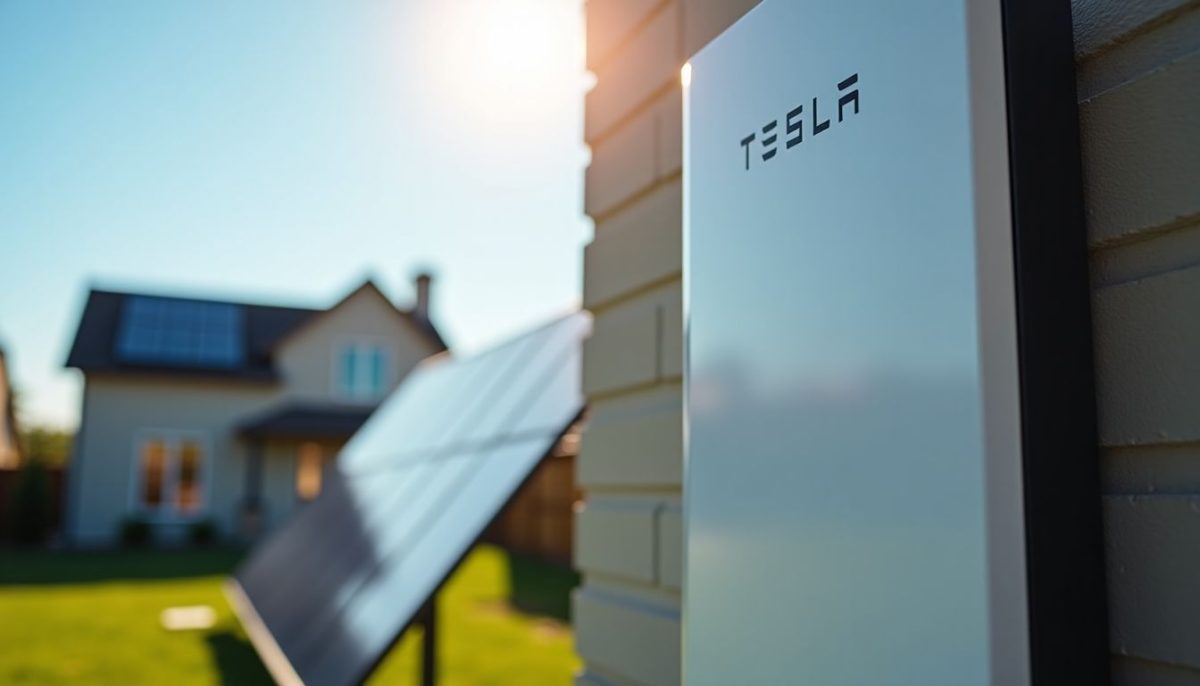
Using Tesla Powerwall with solar systems lets you store energy for when you need it. This setup makes solar power work better and cuts your energy bills.
Benefits of pairing Powerwall with solar panels
Pairing Tesla Powerwall with solar panels cuts utility bills and boosts energy independence. Store excess solar energy during the day and use it at night or during power outages. Take advantage of federal tax credits and state incentives to reduce costs.
Powerwalls store kilowatt-hours (kWh) for later use, lowering reliance on fossil fuels and decreasing your carbon footprint. Save money on electricity while supporting Tesla Energy’s sustainable solutions.
Integrate Powerwall with Tesla solar to maximize savings through time-of-use load-shifting and net metering. The Inflation Reduction Act offers additional tax benefits, making this combo even more cost-effective.
Enhance your solar system’s performance and ensure a steady power supply during extreme weather. These advantages make Powerwall and solar panels a smart choice for energy security.
Next, explore how Powerwall enhances solar efficiency.
How Powerwall enhances solar efficiency
Powerwall stores energy from solar panels with 89% efficiency. It sends up to 97.5% of solar power to your home. This reduces waste and boosts the power from Tesla’s solar systems.
Battery energy storage lets your home use more solar energy, cutting electricity bills. Integrating with solar batteries makes your setup more reliable during outages.
Powerwall optimizes every kilowatt-hour, ensuring efficient energy use.
Key Improvements in Powerwall 3
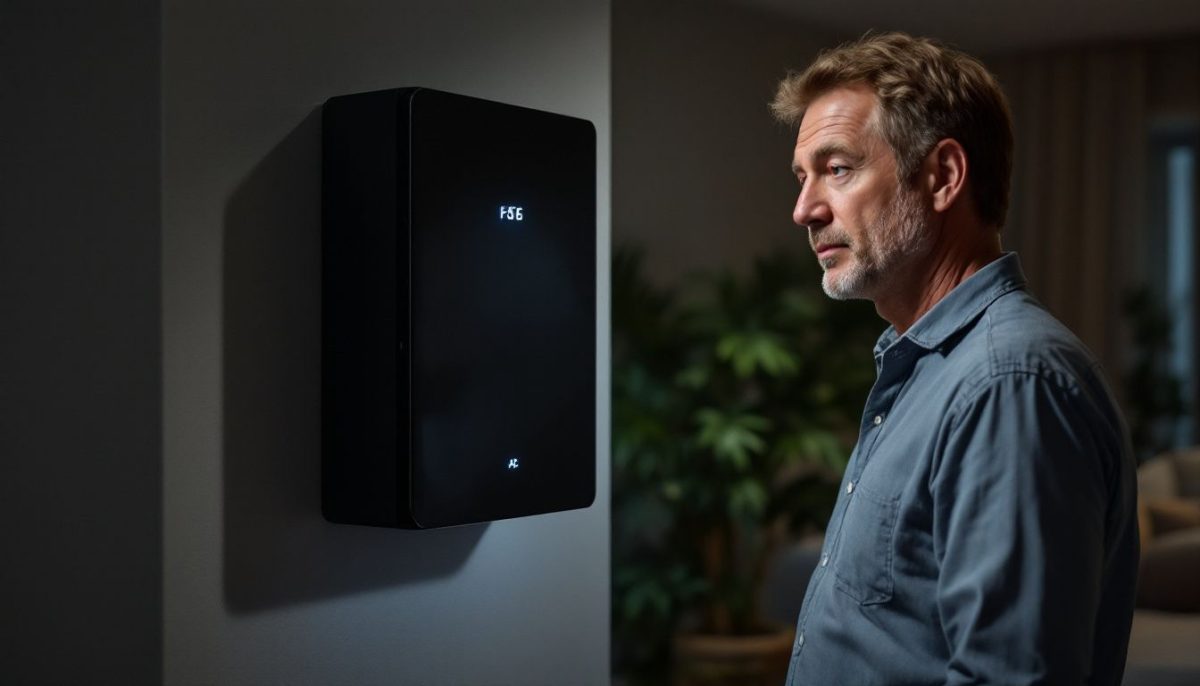
Powerwall 3 offers greater energy for your home with its higher output capacity. It now includes a built-in AC converter and a more reliable battery for better performance.
Enhanced power output
The Tesla Powerwall 3 delivers a maximum continuous output of 11.5 kW, doubling what Powerwall 2 offered. This increase supports electric cars like the Cybertruck and Model X with faster charging.
Powerwall 3 maintains this output for about 2 hours, ensuring your home stays powered during outages. It works well with Tesla’s solar battery and photovoltaic solar energy systems, enhancing energy generation and storage.
This boost in power output helps manage electricity prices and provides reliable battery power for your electric car and home needs.
Integrated inverter
Powerwall 3 features an integrated inverter, ensuring a seamless link to your home’s electrical grid. The built-in hybrid inverter makes installation easier, eliminating the need for separate AC inverters.
This design supports both solar systems and off-grid setups. Tesla’s stationary storage solution enhances energy management, allowing users to efficiently generate and store electricity.
More stable battery chemistry
Powerwall 3 uses lithium iron phosphate (LFP) cells. These cells improve stability and safety. They last longer and handle more charge cycles. This makes the battery more durable and reliable.
Tesla’s Gigafactory ensures high-quality production of these cells.
The stable chemistry also enhances performance in different conditions. LFP cells work well in heat and resist wear. This leads to consistent power output and a longer lifespan. Car enthusiasts will value Powerwall 3’s longevity and dependable energy storage.
Financial and Energy Independence Benefits
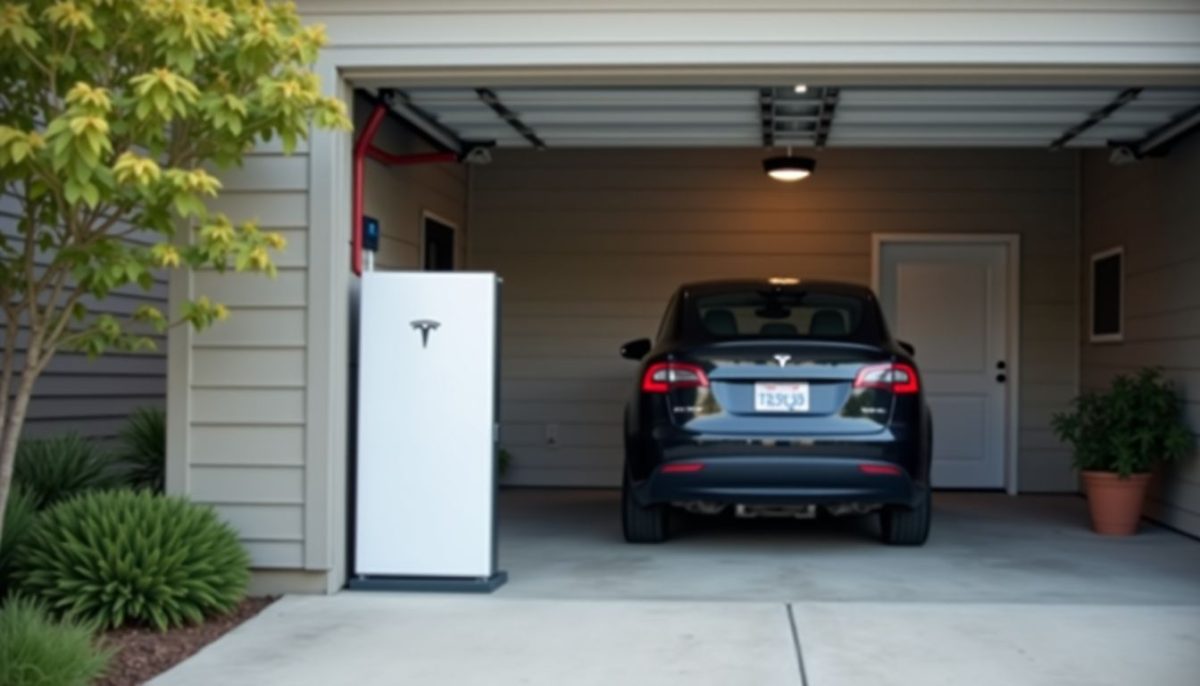
Installing a Tesla Powerwall can lower your electricity bills by storing energy during off-peak hours. This system also provides backup power, ensuring your home stays lit during outages.
Cost savings and net metering
Tesla’s Powerwall cuts energy costs by 16% per kilowatt-hour compared to average storage options. The system costs $9,300, but a 30% federal solar tax credit lowers the price to around $7,000.
State and local incentives can reduce this cost even further, making it an affordable choice for energy storage.
Net metering lets you send extra solar energy back to the electric company. Tesla’s Powerwall stores this energy for later use. By generating your own electricity, you lower your monthly bills and save more.
This setup enhances your energy independence and maximizes savings.
Backup power and energy security
Tesla Powerwall provides backup power during outages. It keeps essential devices running, like heaters and cooling systems. The battery stores energy from solar panels or the power grid.
With a 13.5 kilowatt-hour (kWh) capacity, it ensures your home stays connected when the power grid fails.
Installation costs about $6,000 and qualify for tax credits. Car enthusiasts can use the wall connector to charge their Teslas efficiently. Powerwall enhances energy security, offering reliable power and reducing reliance on the grid.
This setup supports electric vehicles and maintains your home’s energy needs.
Comparing Powerwall 2 and Powerwall 3
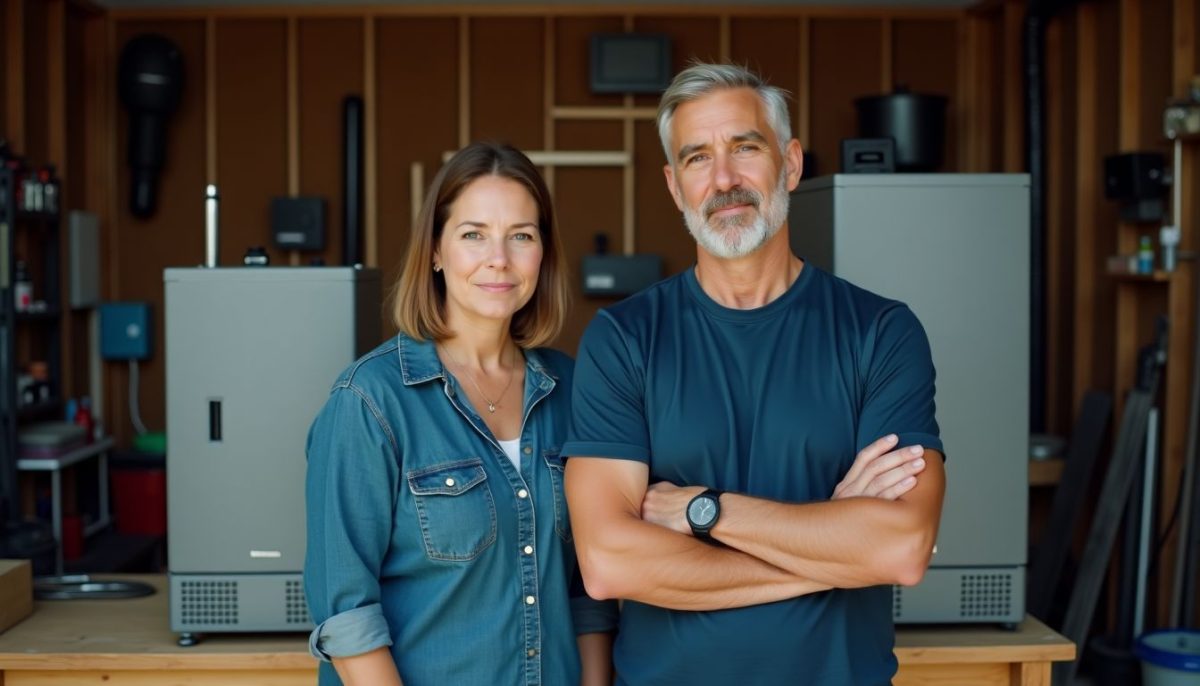
Powerwall 3 offers higher power output compared to Powerwall 2, making it more efficient for home energy needs. It also includes an integrated inverter and improved battery chemistry, enhancing overall performance and reliability.
Performance enhancements
Powerwall 3 boosts power output to 11.5 kW, doubling what Powerwall 2 offered. This allows homes to handle more energy needs during peak times. With a 13.5 kWh capacity, it outpaces competitors like sonnen and enphase energy, which typically offer around 10 kWh.
The integrated inverter in Powerwall 3 simplifies installation and improves efficiency. Enhanced battery chemistry ensures longer life and better performance, even in high humidity.
Roundtrip efficiency has also increased, meaning more electricity is stored and used effectively. These upgrades make Powerwall 3 a superior choice for energy storage and home power management.
Next, explore how Powerwall integrates with solar systems.
Technological advancements
Powerwall 3 uses LFP cells, which boost safety and extend its lifespan. This cell type makes the battery more stable and durable. An integrated hybrid inverter replaces the need for separate microinverters, simplifying installation.
These upgrades help Powerwall 3 generate and store electricity more efficiently. Tesla, Inc.’s advanced technology ensures reliable energy for homes.
User Experience and Feedback
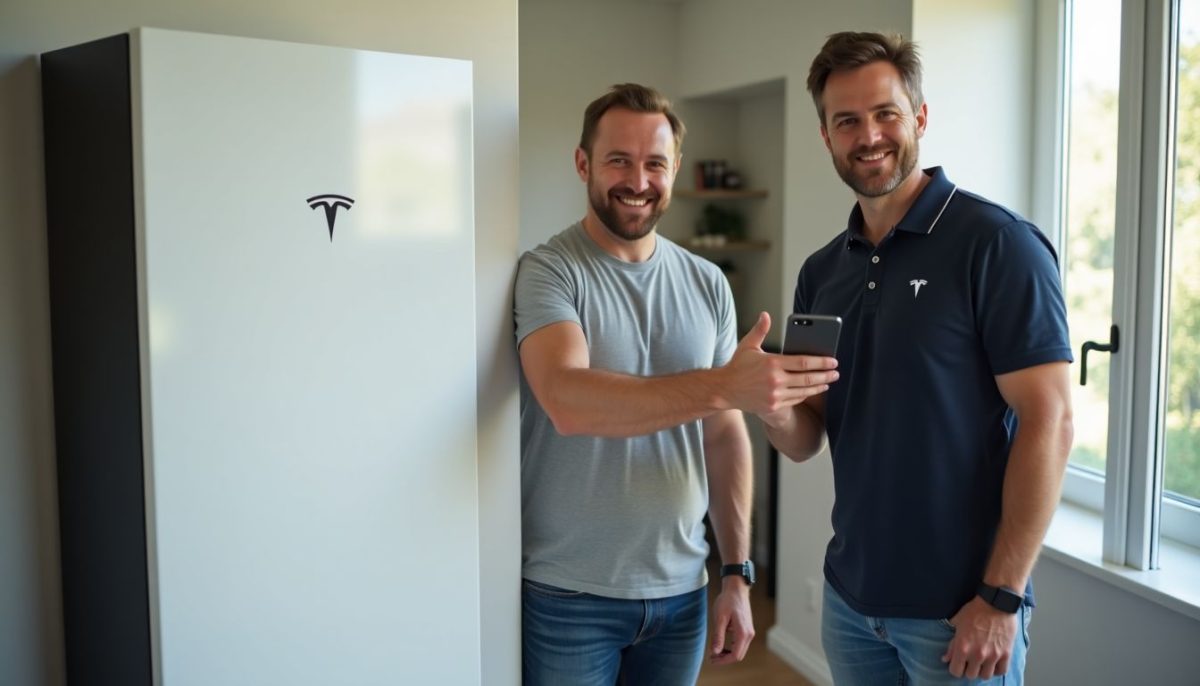
Many users find installing the Tesla Powerwall easy, often using Tesla Advisor for help. They also praise its reliability and low maintenance needs over time.
Installation insights
Installing the Tesla Powerwall is straightforward with the right steps. Follow these guidelines for a successful setup.
- Assess Energy Needs
Calculate your home’s electricity usage to determine the Powerwall size. - Consult a Tesla Advisor
Use virtual consultation to get expert advice customized to your home. - Choose a Certified Installer
Work with professionals trained by Tesla for proper installation. - Obtain Necessary Permits
Your installer will handle all local regulations and permits required. - Schedule Installation
Plan ahead as wait times typically range from two to three months. - Mount the Powerwall
Install the battery near your main electrical panel for easy access. - Connect to Solar Systems
Pair the Powerwall with photovoltaic solar energy generation systems to maximize efficiency. - Test the System
Ensure everything operates correctly after installation for reliable backup power.
Long-term reliability and maintenance
Tesla Powerwall scores 4.5 out of 5 stars on EnergySage Marketplace. Both Powerwall 2 and Powerwall 3 include a 10-year warranty. Users report few maintenance issues. Giga Nevada produces each Powerpack with strict quality.
The system works well with Tesla solar roof to generate electricity. Reliable performance supports heating and cooling needs. Car enthusiasts appreciate Tesla’s dependable technology, similar to Supercharger and NACS systems.
Next, explore the future of home energy storage.
The Future of Home Energy Storage
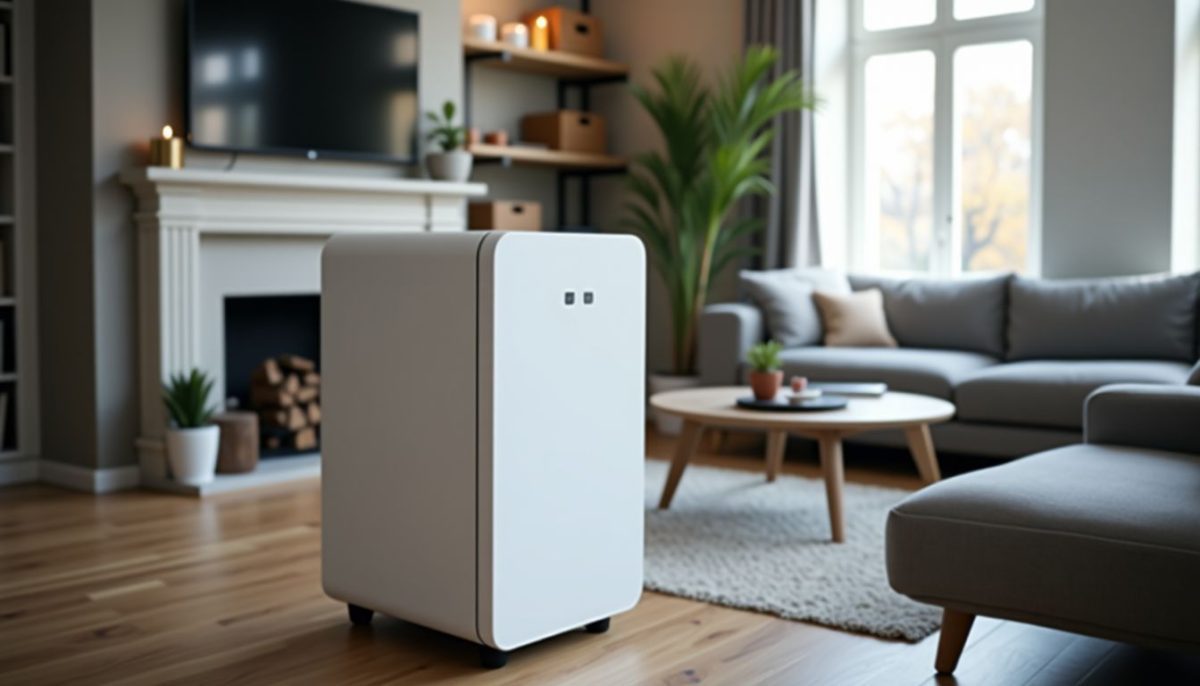
Future home energy storage will use smart technology to manage power efficiently. Scalable systems like the Powerwall will meet increasing energy needs and connect with smart home devices.
Scalability for larger energy needs
Tesla Powerwall 3 scales to meet larger energy needs by connecting up to four units, offering a total of 54 kWh. Multiple Powerwall 3s provide comprehensive home backup, ensuring energy security for car enthusiasts.
Integrating with Tesla Powerpack and using maximum power point trackers enhances energy management. Time of use load shifting optimizes power use, aligning with Tesla Motors’ innovative energy solutions.
Integration with smart home technology
Linking Powerwall with Tesla’s smart home system enhances energy control. The smart energy management system adjusts power based on your home’s needs. Use the Tesla app to set time-based energy usage.
Powerwall connects with DC-to-DC converters for efficient energy flow. It works alongside Megapack and Powerpacks for larger storage solutions. Car enthusiasts can integrate their Roadster’s power needs with home energy.
Reliable storage and smart controls ensure steady energy, much like managing water flow in a system.
Conclusion

Tesla Powerwall keeps your home powered during outages. It pairs with solar panels to boost energy use and save money. The new Powerwall 3 delivers more power and fits easily with home systems.
Users find it reliable and can track it on the Tesla app. Choose Tesla Powerwall for a safe and cost-effective energy solution.
FAQs
1. What is the Tesla Powerwall?
The Tesla Powerwall is a home battery backup that stores energy. It keeps your home powered during outages and helps lower electricity bills.
2. How is the Tesla Megapack different from the Powerwall?
The Tesla Megapack is made for larger needs, like businesses and utilities. Unlike the Powerwall, which is for homes, the Megapack handles big energy storage.
3. Can the Tesla Powerwall work with solar panels?
Yes, the Tesla Powerwall connects with solar panels. It stores extra solar energy and provides power when the sun isn’t shining.
4. How do you install a Tesla Megapack?
Installing a Tesla Megapack is done by professionals. They connect it to your energy system, ensuring large facilities have reliable backup power.

